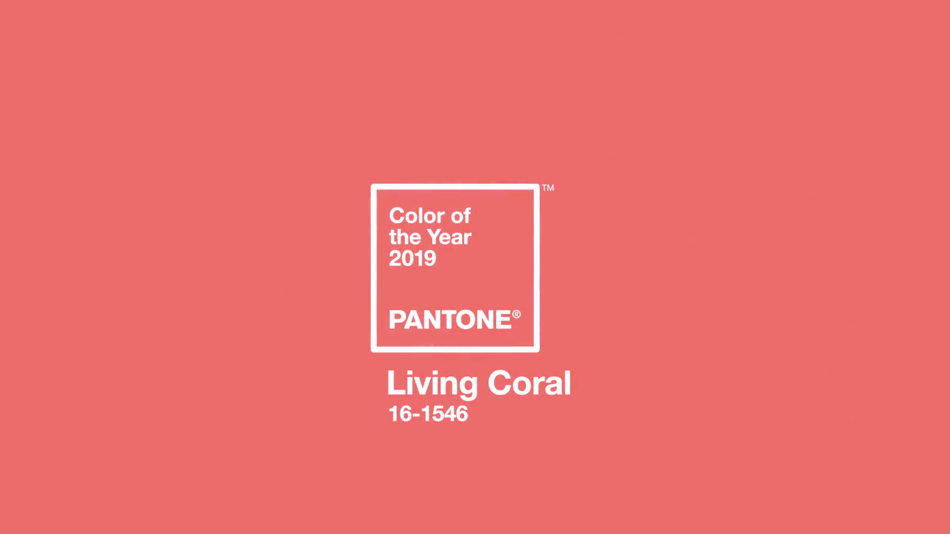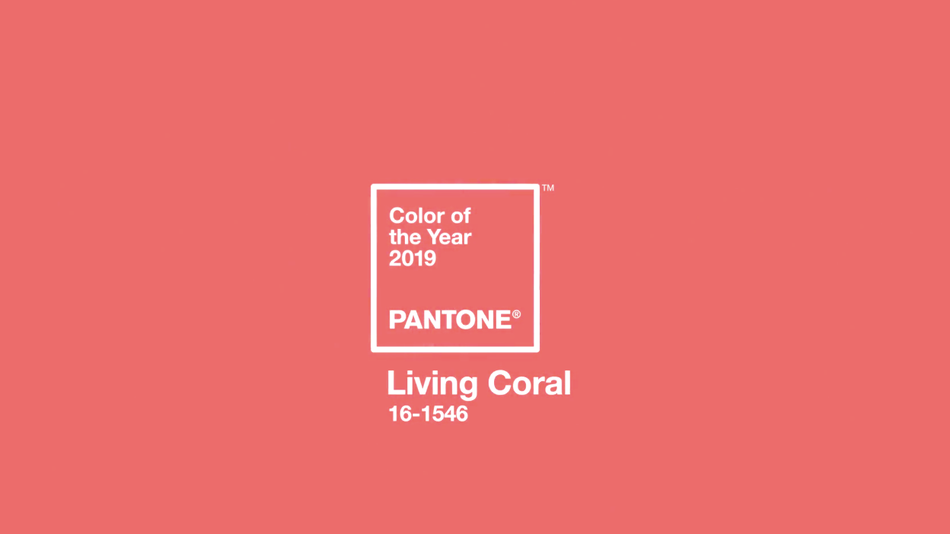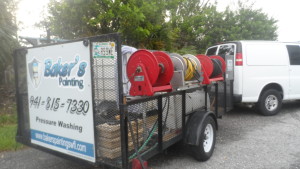This year’s color, Classic Blue, is a welcome refuge for our uncertain, often disconnected era. In a time where public faith in institutions, advertising, and the future are increasingly challenged, many desire a return to trust, authenticity, and empathy. Blue hues, long associated with peace, calm, and the dependable daylight sky, feel solid and reliable. It is this constancy and comfort that Classic Blue offers us.
Author: Aimee Baker
Tip of the Day
Consumer Reports News: September 20, 2007 03:43 P
Most homeowners hire a contractor to repaint the exterior of their home. Follow our advice to help ensure a high-quality job, whether you’ll have your house painted this fall or next spring.
Meet the pros. Call in at least three different contractors for your job. (Friends and family are good reference sources.) And be home for the initial meeting with them. That way, you’ll know how much time each contractor took to assess the condition of your home. The longer he takes, the more realistic the estimate you’ll get. Even an experienced painter will need more than a quick walk around your house.
Also ask each contractor about the size of his crew and the members’ experience level.
State your expectations. The number of coats a painter applies isn’t the only factor in determining the quality—and price—of the project. Preparation is also key. If you want a surface that’s free of unevenness from past paint jobs, tell the contractors—and be prepared to pay extra. But if you can live with some imperfections, agree on what level of prep is acceptable and what isn’t.
Get estimates. Seek a written estimate from each contractor. It should include a breakdown of labor, material costs, the number of coats of primer and paint, the brand and model of materials, and a detailed description of the amount of surface preparation that will be done.
Check references and past work. Get a list of references from each contractor and call them to find about their experience with the pro. A history of positive references is a good sign. Also examine jobs the painters did several years ago to see how their work is holding up. Use recent projects to check the skill of their current crews.
Consider credentials. Before you hire someone, consider his credentials. Membership in a trade or local business group, for example, isn’t a guarantee of quality work, but it shows a level of commitment and reliability on his part. Also verify whether the pro has the appropriate license(s). (You’ll find the licensing information in your state at the Contractor’s License Reference Site. Also check with the Better Business Bureau, the attorney general’s office in your state, or a local consumer-affairs agency to learn whether the contractor has a history of unresolved complaints.
Obtain a complete contract. The contract should include all the contractor’s key information: name, address, office and cell numbers, and license number, plus whatever details were in the estimate. Make sure the contract clearly states what is and is not included in the job.
Get a copy of the painter’s liability and workers’ compensation insurance certificates. If he doesn’t have coverage, you could be on the hook if, for example, the crew drops a ladder on your neighbor’s car or a crew member gets hurt on the job.
Ask for a guarantee. The painter should promise to correct any chipping, peeling, blistering, flaking, or excessive fading or chalking that occurs within two years after the job is done at no or little cost. If he tells you the paint itself has a warranty, remember that doesn’t include labor, which is a far more costly proposition than material.
Choose the paint yourself. Your painter might try to talk you into a paint he prefers, but use the finish you want. See our latest report on exterior paints and stains and refer to our Ratings (available to subscribers) to find top performers.
Look for lead. If your home was built before 1978, older coats of paint could contain lead. That means the painter might need to take extra precautions to avoid any hazards. See “Getting the lead out” for more information.
Hold out. Finally, don’t make a large down payment and withhold the final payment, typically 10 to 15 percent, until you are fully satisfied with the job.
Ask a Painter
ASK-A-PAINTER from PDCA
For professionals and homeowners alike, Nick Slavik partners with PDCA
(Founded in 1884, the Painting and Decorating Contractors of America) each Friday to answer questions live on PDCA Facebook page. Enjoy a range of guest speakers and industry insights.
PDCA is a national trade association dedicated to the success of painting and decorating contractors through ethics, education, and excellence.

Happy Valentine’s Day!
2019 Color of the year is Living Coral which makes a wonderful color for Valentine’s Day! Put a splash of color in any room in your home.

Super Service Award 2018

Happy New Year!
Happy New!!! 2019!!!
Tip of the Day – Quality
Why does the quality of the paint make such a HUGE difference?
Higher quality paint ensures easier application, looks better and lasts longer, saving you money and from having to repaint in the long run. In fact, there are four measures that determine quality paint: pigment, binders, liquids and additives. : “Prime” pigments add color and keeps color retention. “Extender” pigments are basically filler and add to the bulk. Higher quality paints have more prime pigments than extender pigments. : High quality binders help paint adhere to surfaces better, making it longer-lasting. On the contrary, the lack of quality binders causes paint to be more susceptible to peeling and cracking. Low-cost paints have more liquids than actual quality ingredients. In comparison, higher-quality paints have built-in additives like mildewcides, which fight mildew growth, and preservatives, which prevent paint spoilage.
HAPPY NEW YEAR!!!
We would like to thank all of our customers for choosing us for their painting and pressure washing need during 2016! We are looking forward to another year of providing our services to you. No matter what the size big or small we paint it all !!!
It was a Merry Christmas! Now it’s time to CLEAN!
It is that time of the year when Christmas is over and the new year is about to begin … guess what the house needs to be washed from top to bottom! Let’s get the old grime off from last year and let the new year shine in!
This is the best time of the year to clean your roof, decks, walkways, driveways, house, shutters, windows, pool cage and anything else that has been sitting all year long in the sun and needs a wash.
Give us a call so we can come out and take a look at your property for a free estimate. It is our pleasure to help keep your home looking its best all year long.
What Is the Best Temperature to Paint Outside?
What Is the Best Temperature to Paint Outside?
Q. How warm is too warm to paint my house?
A. The usual recommended temperature range for latex paints, the type used most often, is 50° F to 90° F, says Rico de Paz, our paint expert. That’s mainly for exterior painting; indoor temperatures are usually well within those limits. Just avoid the high end of the spectrum because the temperature of the surface you’re painting may be higher than the air around it.
For example, on a summer day the air could be 85° F, but the sun beating down on a house all day could raise the wall temperature above 100° F.
When the surface or the air is too hot, paint dries too quickly, so it may not cover well or allow the brush marks to smooth out. And if it’s too cold, the paint may be too thick to spread or even out, or it may not adhere well.
For more helpful hints and painting tips check our Paint Buying Guide.
Send your questions to ConsumerReports.org/askourexperts.
Editor’s Note: This article also appeared in the June 2016 issue of Consumer Reports magazine.

